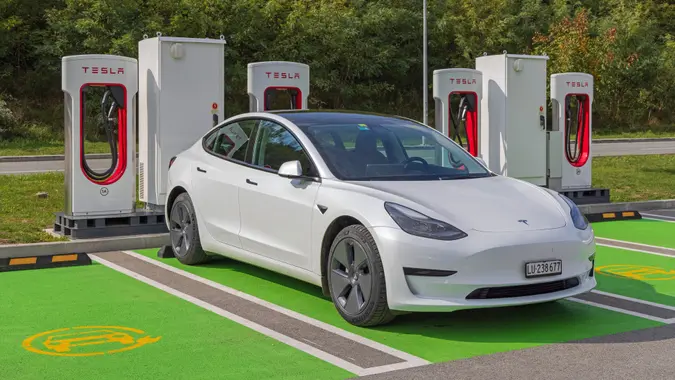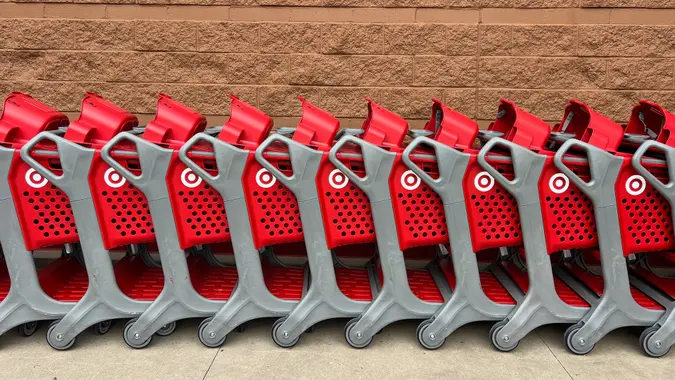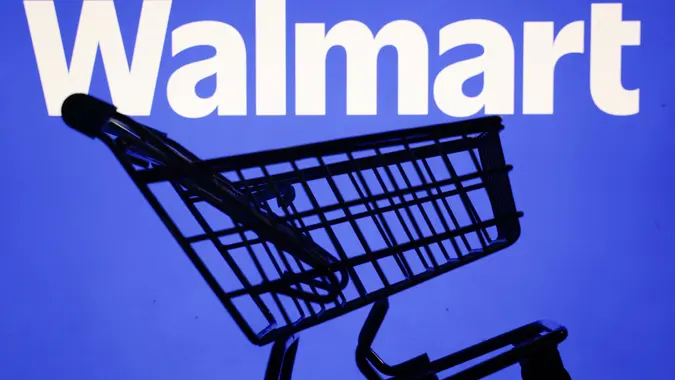4 Changes to 529 Plans Due To Trump’s Big Beautiful Bill

Commitment to Our Readers
GOBankingRates' editorial team is committed to bringing you unbiased reviews and information. We use data-driven methodologies to evaluate financial products and services - our reviews and ratings are not influenced by advertisers. You can read more about our editorial guidelines and our products and services review methodology.

20 Years
Helping You Live Richer

Reviewed
by Experts

Trusted by
Millions of Readers
While much of the focus of the Trump administration’s signature One Big Beautiful Bill Act (OBBBA) has been around income taxes, the far-reaching legislation also includes changes to areas like qualified tuition programs, also known as 529 plans.
Historically, 529 plans have been centered around saving for college, with the money able to grow on a tax-deferred basis, and qualified withdrawals made on a tax-free basis. Over the years, however, 529 plans have expanded in terms of how they can be used, which potentially means that families can save more on education-related expenses by reducing taxes.
Under the Tax Cuts and Jobs Act, for example, the signature tax legislation of the first Trump administration, 529 plans started as of 2018 to allow for up to $10,000 in annual tax-free withdrawals for K-12 tuition.
Now, the OBBBA expands upon these changes to let 529 account holders make more tax-free withdrawals. On the surface, that might seem like a win for your finances, but it’s important to consider the unintended consequences of using 529 plans for something other than college.
In particular, consider the following 529 plan changes stemming from the Big Beautiful Bill.
More Eligibility for K-12 Expenses
As mentioned, people have been able to use 529 plans to pay for K-12 tuition in recent years, like at private high schools. Now, the OBBBA goes beyond tuition to also allow for eligible withdrawals for many other associated expenses, such as books, online educational materials, standardized testing fees and tutoring.
While these extra expenses might pale in comparison to tuition, it likely means that more students are eligible to use their 529 plans for K-12 costs. For example, if you have kids in public high school but still face costs like for SAT or ACT tests, it’s possible to use a 529 plan.
Limit for K-12 Expenses Doubles to $20,000
Related to the expanded eligibility for K-12 expenses, the OBBBA doubles this limit from $10,000 to $20,000 annually. That might help those with plenty of funds in their 529s, but it could create a risk for others.
“College savings accounts were designed to allow money to grow for 18 years and be ready for college. With this expansion, more parents may be willing to deplete the 529 fund before the student gets to college. This may increase the reliance on student loans,” said Chris Randall, owner and CEO at Axis Capital Management LLC.
Also, keep in mind that while these expanded uses might help some parents struggling to afford elementary or high school costs, tapping into 529 plans sooner rather than later interrupts one of the most powerful aspects of investing: compound returns.
“Every dollar taken out of the account to pay for K-12 expenses does not get the benefit of compounding over time. That leaves much fewer dollars available for college than the actual amount withdrawn,” said Randall.
“Families can avoid this issue by planning for expenses in the present, as well as the future. If money earmarked for college is to be withdrawn prematurely, it should be replaced with a plan to shore up those funds: taking out student loans, obtaining a part-time job in college or parents increasing contributions into the 529 at a future date,” he added.
Broader Usage for Credentialing Programs
Although some of the biggest changes have to do with pre-college expenses, the OBBBA also expands uses for credentialing programs, which might help more people facing professional costs after college.
For example, if you’re trying to obtain a license to advance your career, like becoming a certified public accountant (CPA), 529 funds can likely be used for those costs.
This could be a good way for those with leftover money in their 529s to spend down the funds rather than paying taxes on non-qualified withdrawals.
Rollovers to ABLE Plans Continue Permanently
Lastly, the new legislation indefinitely extends the allowance of 529 funds to be rolled over into ABLE accounts, which are tax-advantaged accounts that can be used for those with disabilities, including adults. The Tax Cuts and Jobs Act first allowed for these rollovers, but that was set to expire at the end of 2025. However, the OBBBA removed this deadline, which in tax law is considered a permanent change.
That said, it’s possible future tax legislation could add a deadline back or rewrite the rules further, so those with excess funds in 529s who have a usage for an ABLE plan may benefit from rolling over sooner rather than later.
 Written by
Written by  Edited by
Edited by 

























